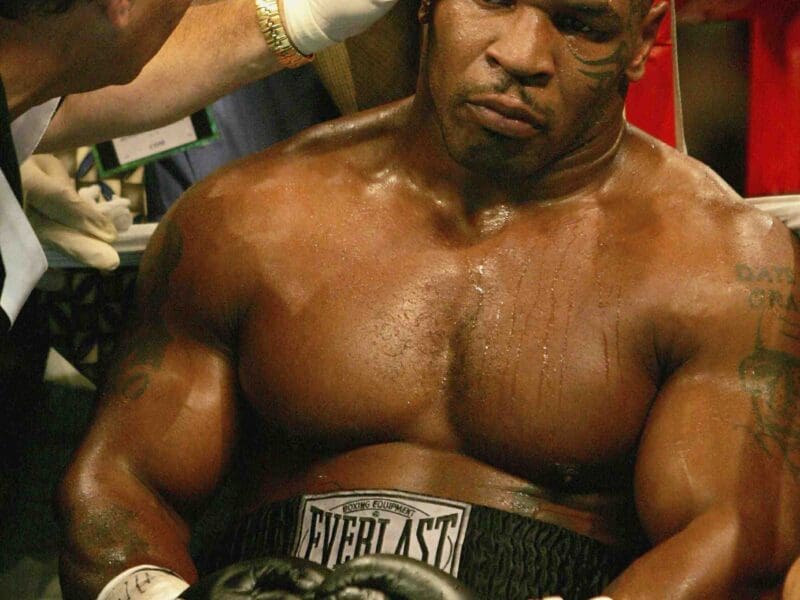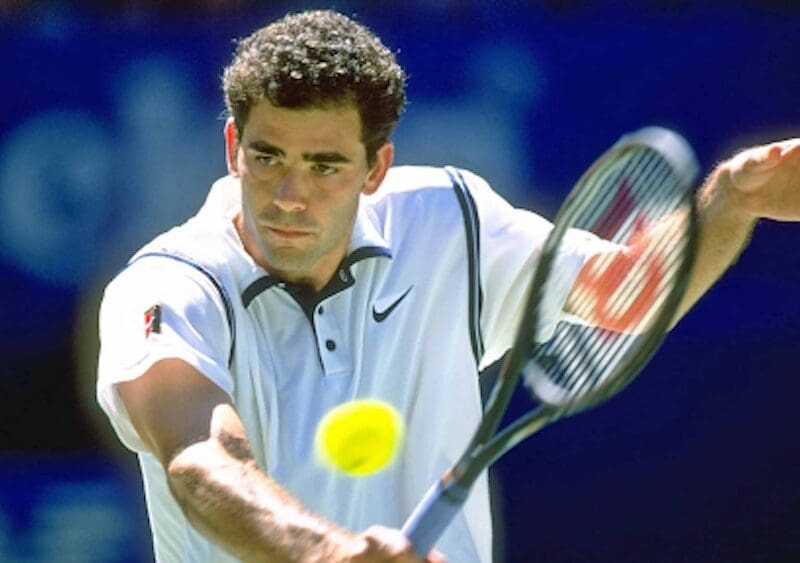
How Have Fishing Traditions Changed
Fishing is a very old tradition that was a source of food for many civilizations. Even nowadays, many people rely on artisanal, sustainable fishing. We asked experts from FindYourFish to tell us more about the traditions of fishing. Read on and discover more about how they developed.

The Beginning of Fishing
Thanks to some fish fossils that were found by archaeologists, we can assume that Homo habilis and Homo erectus already knew how to catch fish. That means that the history of fishing started over 500 000 years ago.
Unfortunately, we don’t know much about the early practices of fishing. Surely some fish were caught by hand. During the early Homo Sapiens era, aside from the “manual” catch, some simple tools were probably used. However, there is no trace of them.
Ancient Times
The first remaining spears, nets, lines, and rods were discovered in Egypt. According to archaeologists, they can be dated to around 3500 BCE. What is worth mentioning is that some of the techniques that were used by the ancient Egyptians are still practiced in recreational fishing nowadays.
The Greco-Roman era of fishing was treated more officially. Halieutika is the earliest remaining treatise that reflects on sea fishing. It was written by Oppian of Corycus and is a great source of knowledge on this topic.
The Romans usually were using different types of nets to catch fish. Fish couldn’t be protected from the cold, as there were obviously no refrigerators. This is why the catch was consumed right after, or fermented.
Fishing in the Middle Ages
In the Middle Ages, rivers and lakes in Europe were the property of feudal lords. Because of that, there were strict regulations about fishing. People from Christian communities were consuming fish during periods of religious fasting.
In the 11th century, the first artificial ponds were created. That time marks the beginning of fish farming.
In the 15th century, together with the development of sea boats and ships, deep-sea fishing started. One of the biggest catchers were the Dutch, who created herring drifters. Behind those boats a long net was pulled, gathering fish. Those boats stayed on the water for weeks at a time, and smaller cargo boats brought them supplies, taking part of the catch to the shore.
Modern Era
The 17th century was the time when, in Great Britain, the first trawlers appeared. Trawling was used regularly, but it only got very popular in the 19th century, because sails were replaced by steam power. Thanks to that, boats could be bigger and stronger. In effect, they could pull wider nets, getting bigger catches.
What’s interesting is that during the First and Second World Wars, those boats were used to sweep the bottom of the water for mines. When they served as fishboats, they were armed, so the fishermen and the catch could be protected from the enemy.
Fishing for food with a rod has over 4000 years of history. In the 18th century, the first recreational fly fishing was introduced, but it was first available only for wealthy people. With time, it became more accessible thanks to technological advances, and the possibility to produce rods and other gear for cheaper.







